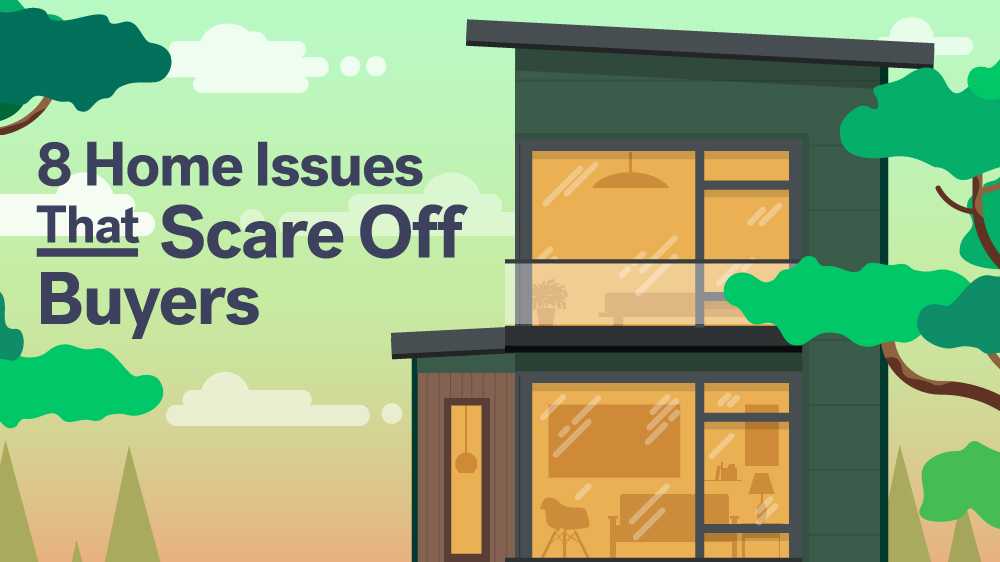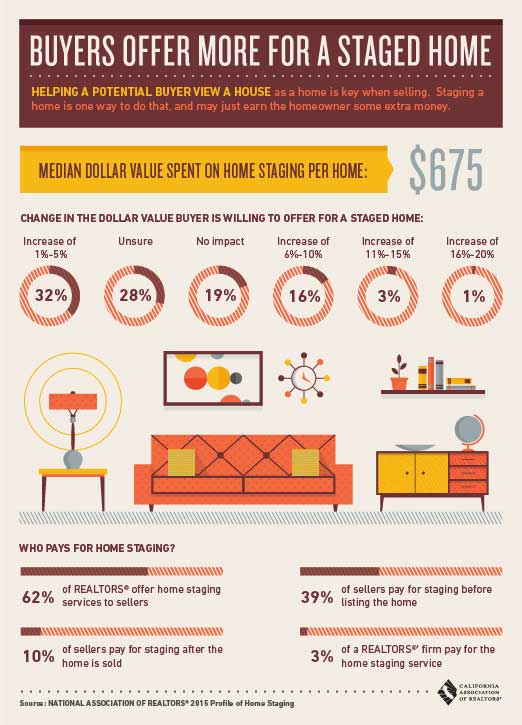From a leaky or aging roof to a positive radon test in the basement, there’s probably a lot on your home sale to-do list. And while, yes, you want your house to look its best for prospective buyers, there are some less-than-obvious issues you should probably address before you list your home for sale. Whether you’re selling a home in San Angelo, TX or planning to list your here’s the lowdown on some common issues that can cause a home sale to fall through.
8 Home Issues To Be Aware Of Before Listing Your Home
- Leaking or Old Roof. Roof issues are responsible for 39% of homeowner insurance claims, according to the National Roof Certification and Inspection Association. The typical lifespan of a roof is 20 to 25 years for shingles, and if your for-sale home’s roof is approaching the end of its lifespan, replacing it could get you to the closing table faster.
- Damaged Gutters. Routine gutter maintenance could prevent thousands of dollars in damage to the foundation of a home Recognizing the importance of this chore may require a big storm to pass through, but you’ll be glad you did when your home’s siding, windows, doors and foundation avoid water damage.
- Creaky Doors and windows. Expect buyers to open and close doors and windows. A jammed window or creaky door is a quick fix for you but could be a red flag to buyers who want a well-kept home. Replacing windows can bring a 50% to 80% return on your investment, but if they’re not a imperative fix, some sellers would be better served to bump this down a few notches on their must-do list.
- Outdated Appliances. Most buyers know they can easily buy a new fridge, but if most of your appliances look as if they belong on That ’70s Show, buyers may wonder what else needs replacing. If you’re planning to take your refrigerator with you when you move, make sure that’s mentioned in your sellers’ disclosure.
- Old Heating and Air Conditioning System . A well-maintained HVAC system can last up to 25 years, but an aged one could be a point of concern for buyers — and costly to repair or replace on the fly for a seller who doesn’t want to lose a sale.
- Termites. Termite infestation causes more than $5 billion in damage to U.S. homes each year, and sellers are typically required to disclose it. Adding a termite warranty from a remediation company can give your buyer peace of mind. But be warned: termites in your home can often be a deal breaker.
- Cracks in Foundation. Cracks in walls or a foundation are often a sign of larger problems. Be prepared to fix structural problems before your house hits the market, or have a plan in place for repairs if a buyer balks after an inspection.
- Radon. Radon is a naturally occurring, carcinogenic, radioactive gas that’s formed from the breakdown of uranium. In the home, radon is typically found in the basement or in lower levels. To put in perspective just how dangerous radon can be, consider this: Smoking is the number one cause of lung cancer — radon is No. 2.
- Bonus: High listing price. Pricing your home too high could ultimately cause your house to miss out on the right buyer, stay on the market longer, and bring in a lower price than the market supports.

 Facebook
Facebook
 Twitter
Twitter
 Pinterest
Pinterest
 Copy Link
Copy Link
























